Uncovering History: Resilience in a Subfloor Storage Pit
Written by: Alexa Olivares
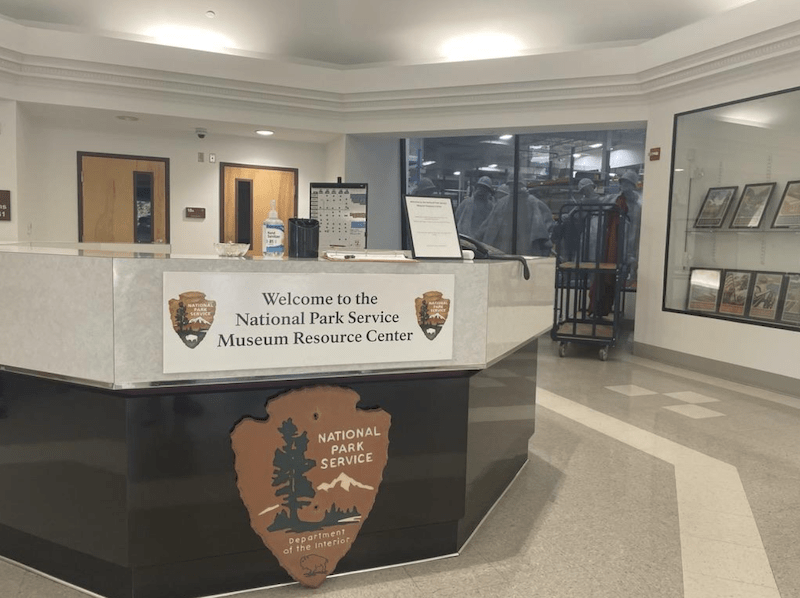
My final weeks at the George Washington Memorial Parkway (GWMP) have been filled with cataloging, site assessments, and further career exploration. The week of July 18, 2022 began with several telework days preparing for my visit to the National Park Service Museum Resource Center. Here, I would learn about how to catalog in accordance with NPS policies and practices, including inputting cataloging worksheet data into the ICMS database. Arrangements were made to meet with NPS archaeologist Karen Orrence and GWMP Museum curator Erin Coward at the Museum Resource Center.
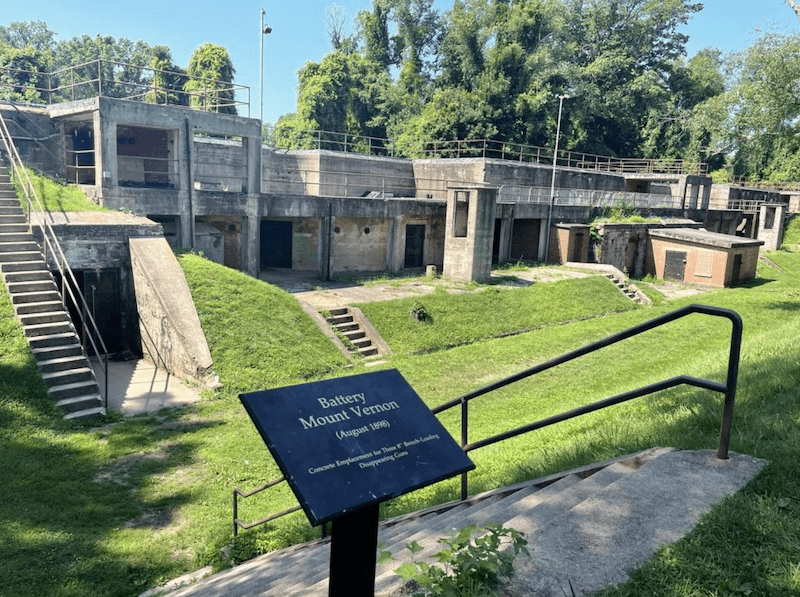
Before this, I visited Fort Hunt for a staff meeting with other GWMP cultural and natural resources specialists. Here, I was given a tour of Battery Mount Vernon and the other military historic sites at Fort Hunt. Cultural resource specialist, Matt Virta, and I examined the battery for evidence of site degradation. We observed vandalism and possible breaking and entering on the premises. These details were passed on to supervisors. We also encountered the invasive species clean up crew the Weed Warriors who discussed their projects and objectives.
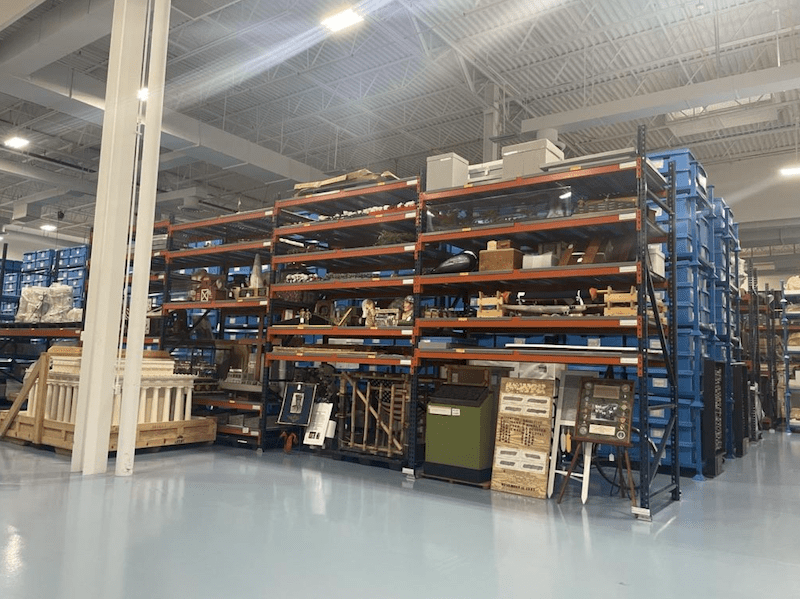
On July 22, 2022 I headed over to the NPS Museum Resource Center for my meeting with Erin Coward and Karen Orrence. Museum curator, Erin Coward kindly gave me a tour of the impressive facilities and the collections being housed at MRCE. I was thoroughly intrigued by the collections including several large busts for the US Marine War Memorial, original historic paintings/photographs, and more. Karen Orrence gave a run down of how ICMS cataloging works, giving us access to the ICMS catalog guidebooks. There were so many particularities to prepare us for cataloging back at the GWMP. The ICMS cataloging requires specific codes and terminology to ensure consistency across the database and NPS. These were new to me, despite my previous experience in cataloging, the methodologies at a federal level were completely different. We cataloged a good number of artifacts in accordance with the ICMS database requirements and then packed up the rest of the Arlington House Slave Quarters collections to bring back to the GWMP headquarters to be catalogued by me separately at a later date in the position.
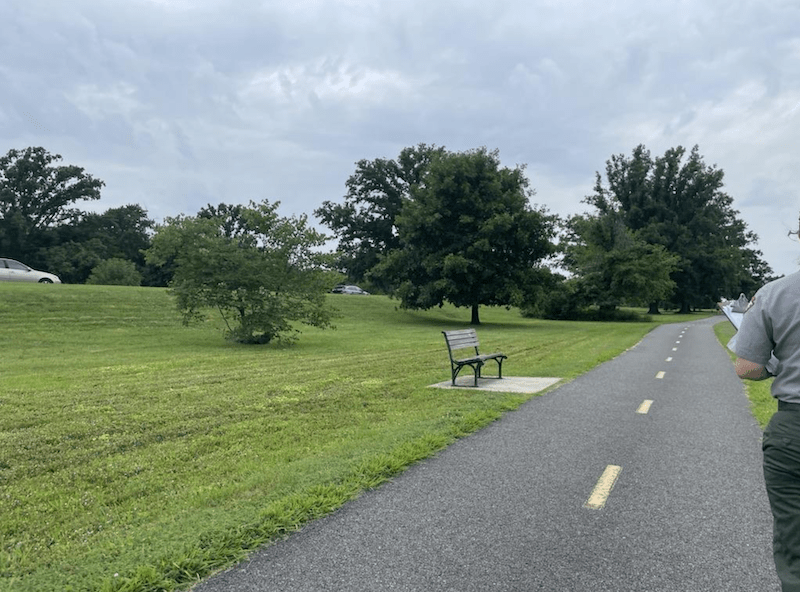
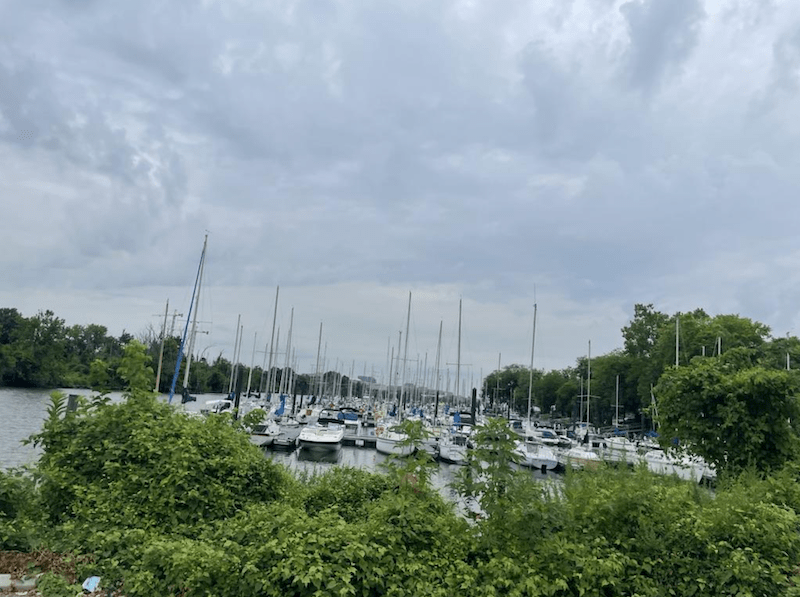
The following days were spent preparing for more field work, taking a brief break on the cataloging. Preparing a master list of all the sites we have surveyed and assessed the conditions of throughout my position, we have reached an impressive 50+ sites! This was compiled to make for easier submission of field notes and site condition reports into the CRIS-AR database. Tuesday July 26, cultural resource specialist Megan Bailey and I head out for more site assessments. That day we visited more Northern parkway sites, including Daingerfield Island, Belle Haven Island and Marina, and more. We conducted further archaeological site assessments on the sites along this portion of the parkway in need of their typically 5-10yr assessment interval. We assessed the threats and disturbances we saw, taking note of unusual holes, excess waste, erosion or the potential for erosion, etc.
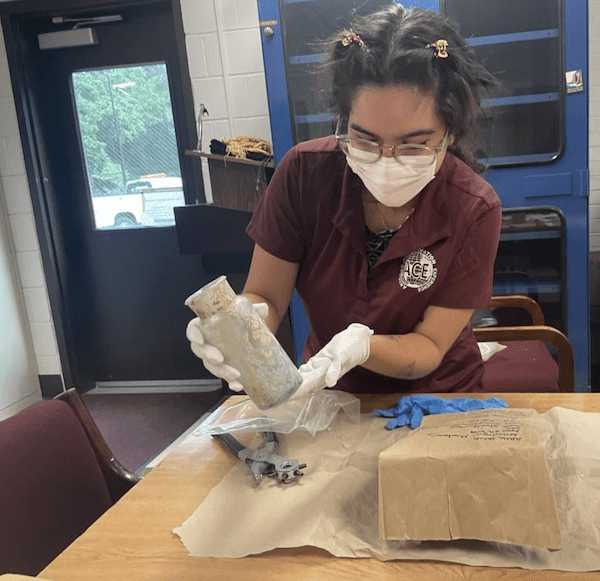
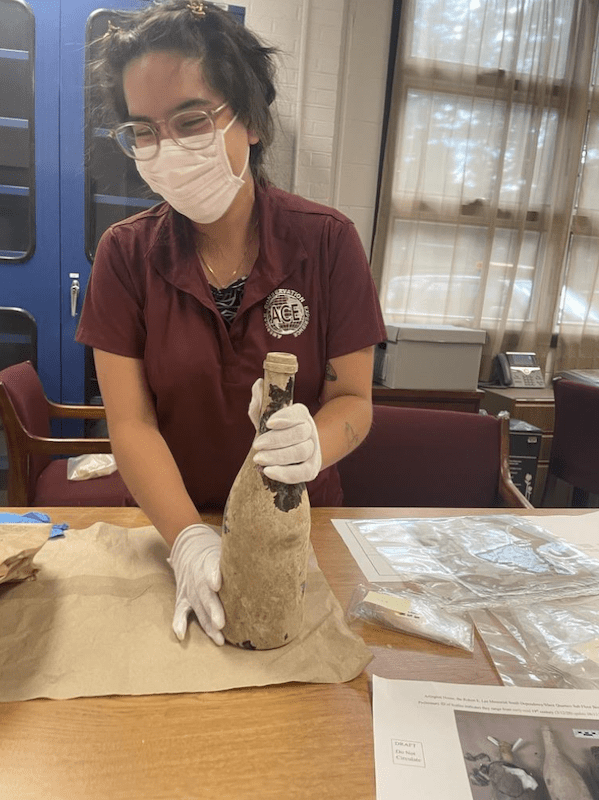
The next day I returned to the GWMP headquarters for my first official day of archaeological laboratory work. I organized the archaeological collection materials we brought over from the Museum Resource Center. Of particular interest were the four near complete bottles uncovered from the Arlington House west room of the South dependency. These bottles were discovered during a 2021 rehabilitation of Arlington House, after removing a 20th century reconstructed brick flooring set in a sand bedding. Here, workers accidentally struck one of the bottles clustered in historic period soils below that level. Archaeologists intervened and a subfloor storage pit was identified near the fireplace hearth. These subfloor storage pits are often found in enslaved quarters. These bottles were most probably associated with the Selina and Thornton Gray family, who occupied the west room in the South dependency in the mid-nineteenth century. Further analysis of this feature revealed it to be a spiritual/religious shrine. This is because there is historical evidence that indicates it was likely a “spirit bundle” of artifacts, likely “conjuring bottles.” The placement of the bottles felt very intentional, meeting “the criteria of intentionality” as proposed by Fesler (2021) that would indicate this a West African religious connection and creolized Hoodoo Rootwork at Arlington, rather than regular household debris. The location of the pit, and the orientation of the bottles (all four found pointing northward) strongly suggest relationships with African cosmology. North is typically associated with symbolism of freedom, demonstrating a potential for the evidence of resilience and strength among enslaved people despite their conditions. Understandably, these particular artifacts were carefully handled and cataloged early on to ensure that they could be stored properly. Unlike many other artifacts uncovered, these bottles would not undergo any washing to preserve them for future residue analysis. I did, however, wash several other artifacts during my time at the GWMP. I followed ICMS protocol and carefully washed and organized the artifacts by their proveniences. Later, I set those artifacts out in the drying racks station to be bagged and cataloged at a later date.
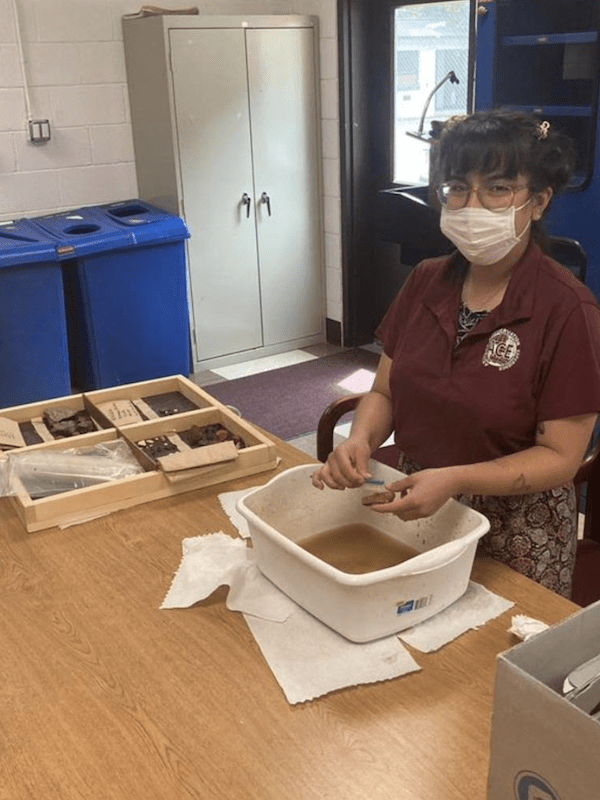
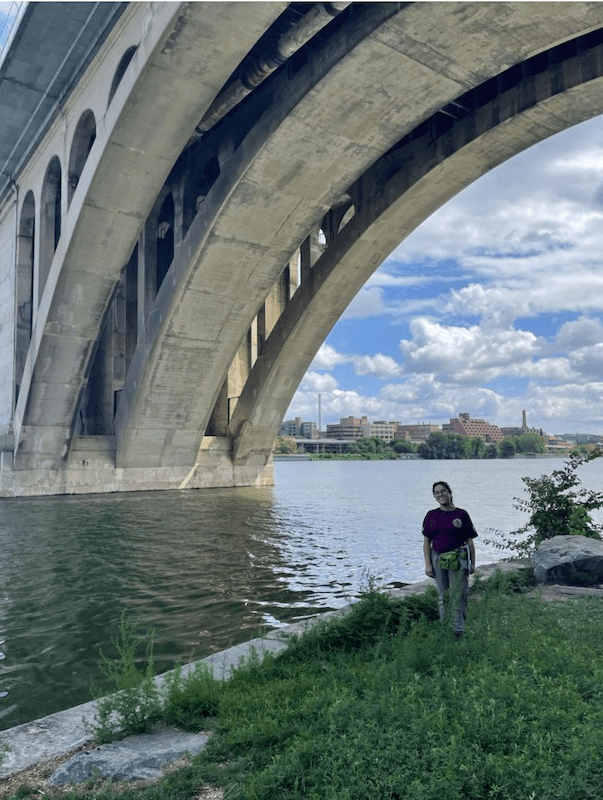
The following days were spent preparing for cataloging by reviewing the Arlington House Slave Quarters technical report as well. Erin Coward and I met with Megan Bailey to review what we had learned during our time at MRCE and share the information along so we could all catalog together. The next week of August 1, we again took a break from cataloging for another site condition assessment field day. These condition assessments were conducted at Theodore Roosevelt Island, the Potomac Heritage trail and Aqueduct Bridge, as well as several historic and prehistoric sites just behind Turkey Run headquarters in the Turkey Run park trails. We did lots of hiking to the sites and used GPS coordinates to locate the precise location, some unfortunately too overgrown and impossible to get through this field season. The deciduous forests that surround the DMV area are great for clearing away vegetation in the fall/winter seasons where it would be possible to revisit the archaeological sites we were unable to see on this day. For this reason, we always make notes to revisit if it was not possible for us in the summer.
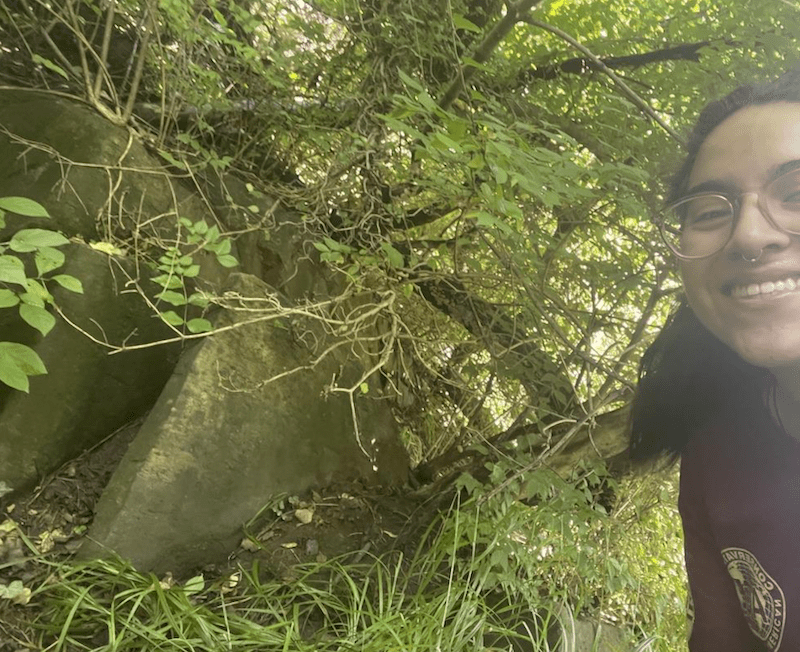
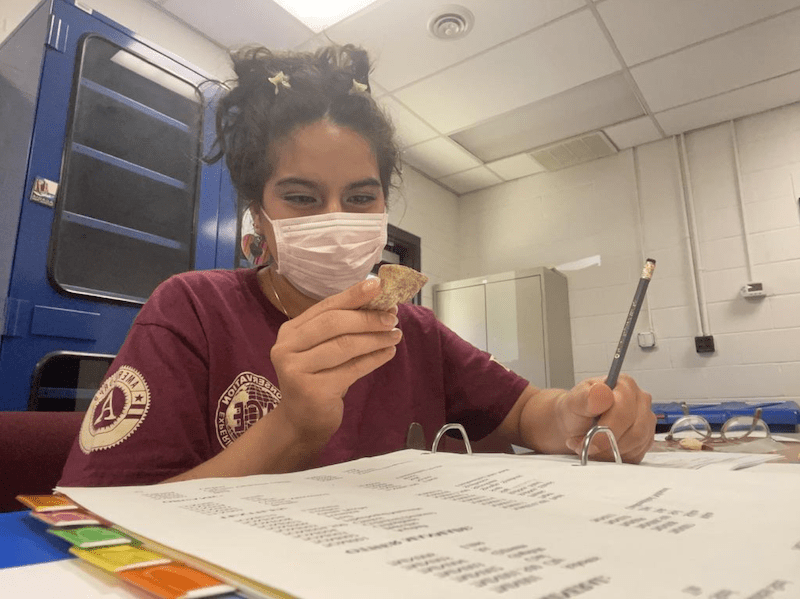
That following week was spent doing lots of cataloging, getting deeply in touch with the artifacts and materials. Once in the zone, it is quite a quick task to get through artifacts but with hundreds of prehistoric and historic artifacts to go through the work is never done! I independently and in group cataloged, bagged, and made note of completed collections. I drew upon my previous experience as an archaeological laboratory assistant to accurately identify and classify artifacts by category. During the catalog process, artifacts are lumped and separated into neat categories based on artifact type and provenience. Each artifact is given a temporary catalog number, assigned by me, to aid in the process of later identifying and plugging in all information to the ICMS database. We discard any materials which have no diagnostic significance (plastic trash, random non diagnostic stones, etc.) We cataloged a wide variety of artifacts, mostly historic, including ceramics of all types, animal bones, glassware, buttons, half cent coins dating to the 19th century, pennies dating as far back as 1863, straight pins for clothing, pipe stems, Martha Washington’s “States China,” and more.
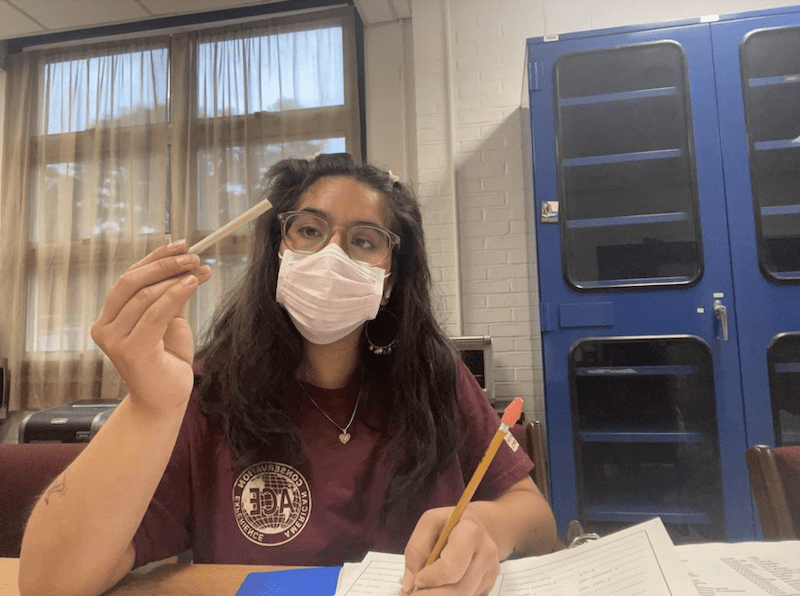
My final week at the GWMP is a bittersweet experience. I am excited and a little sad to be departing from such a great team and parkway! This final week has been spent with a bit of paperwork to get my exit documents and closing materials ready for CRDIP, ACE, and AmeriCorps. Nonetheless, we were still able to squeeze in a field day and some more cataloging. I prepared for Wednesday the 17th to co-present with Megan Bailey on the Fort Marcy civil war site. Though I had only been to the site but one time briefly, I made sure to thoroughly research the history, background, and archaeological significance of Fort Marcy prior to our mini tour. We also prepared and pulled artifacts that were particularly interesting from the Arlington House Slave quarters collections to show to Paloma Bolasny and intern Melissa Hurtado who would be visiting the GWMP from the NPS capital office. At Fort Marcy we presented to our guests and hiked around the site demonstrating the practices and methods used to conduct site condition assessments. We discovered an uprooted tree which had unfortunately damaged some of the earthworks and showed how this sort of damage would be recorded into the CRIS-AR database. I answered questions pertaining to the site as well as to my history as a student and future goals post- CRDIP.
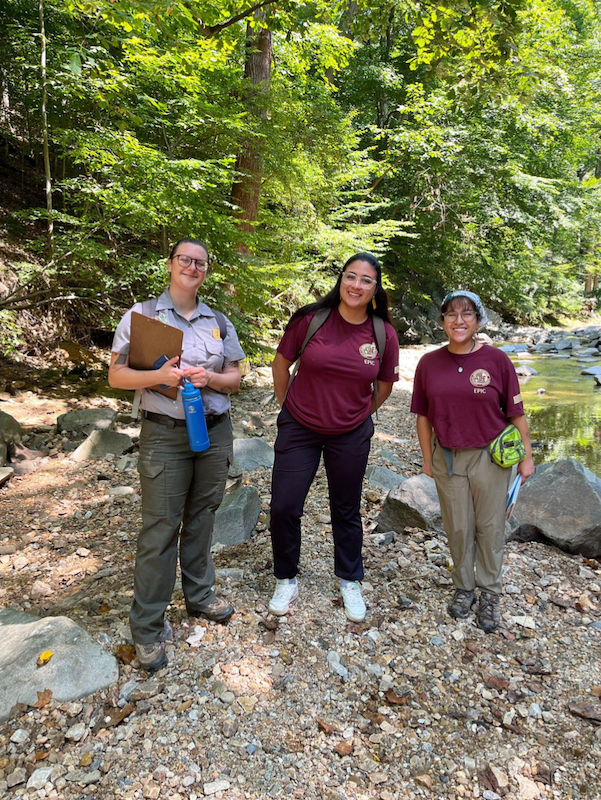
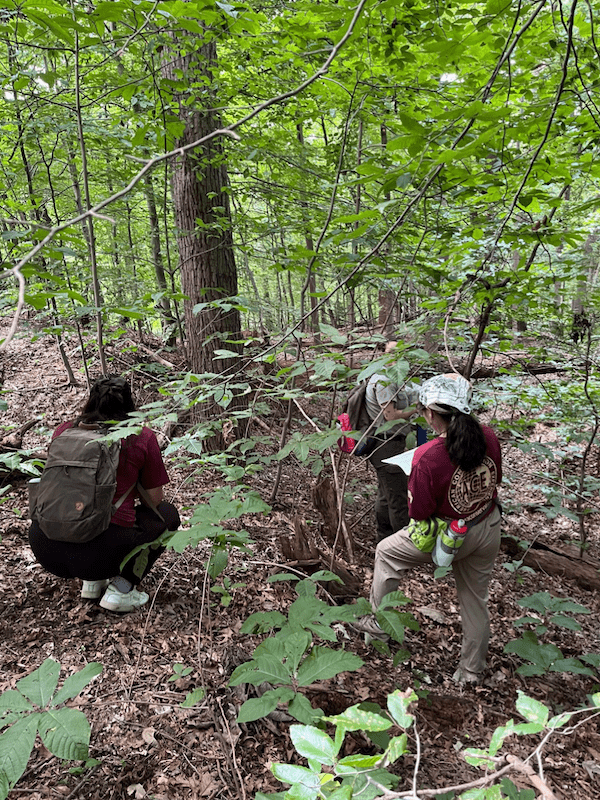
I have thoroughly enjoyed my experience serving as the Cultural Resources Diversity intern this summer 2022 at the George Washington Memorial Parkway. It has been incredibly rewarding with a broad and rich cultural significance. I am thrilled to have taken part in the cataloging of the Arlington House Southern Slave quarters collection, to have helped assess dozens of sites across the parkway, and to have made so many lasting connections with the welcoming GWMP team!
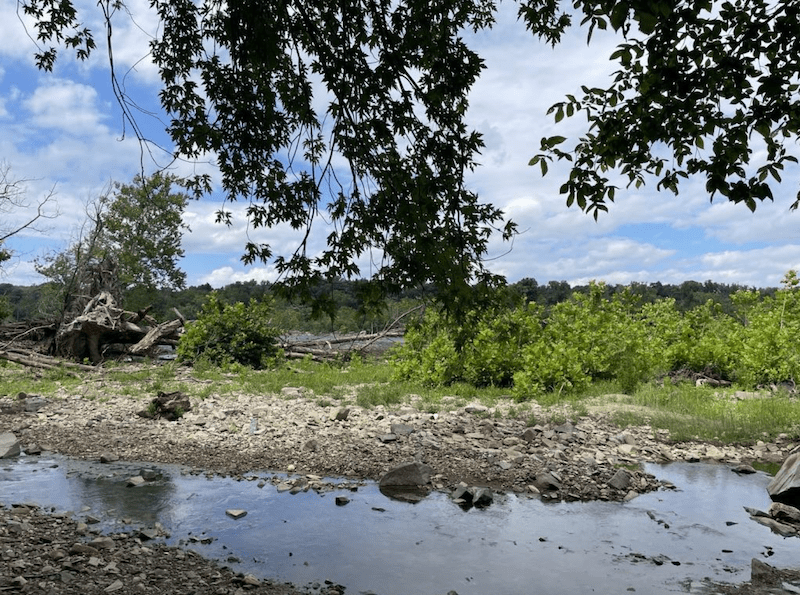
Glad I could be of some minor help! It was great working with you. You are very dedicated to getting the job done and making sure there’s little to no future issues. I’d wish you good luck, but you don’t need it. Your hard work is going to get you far.